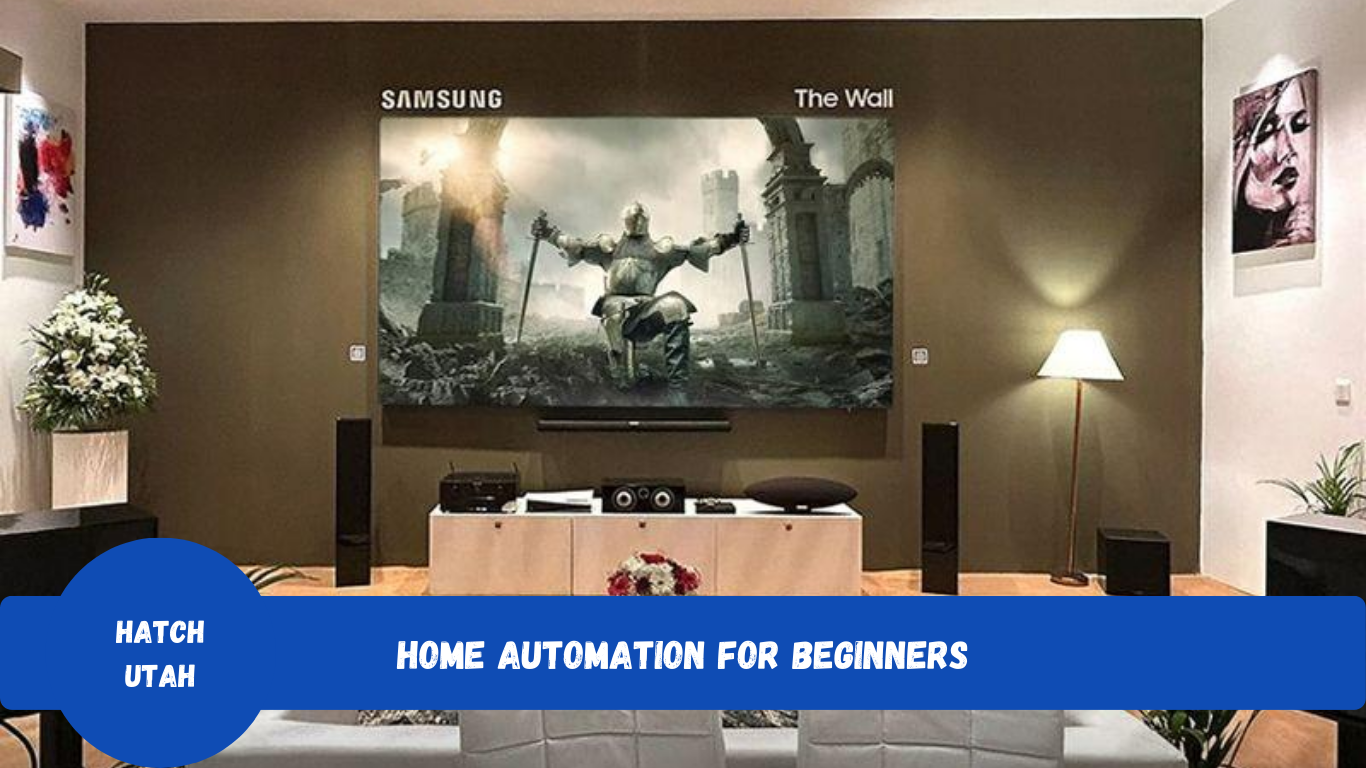Ever dreamt of a home where lights turn on with a voice command, doors unlock automatically as you approach, and your coffee brews itself before you wake up? Well, that’s the magic of home automation, and guess what? It’s not just for the tech-savvy anymore. Today, let’s embark on a journey into the world of home automation, making it super easy for you to turn your humble abode into a smarter home.
What Is Home Automation?
In simple terms, home automation is all about using technology to control and automate various devices and systems in your home. Imagine a network of interconnected devices communicating with each other, and you, the master conductor, orchestrating everything effortlessly. Sounds cool, right?
Why Should You Care About a Smarter Home?
Besides the undeniable “wow” factor, home automation brings a host of benefits:
Enhanced Comfort and Convenience: Say goodbye to fumbling for switches in the dark or worrying about whether you left the iron on. With home automation, your home adapts to your needs, making life a breeze.
Improved Energy Efficiency: Smart thermostats, lights, and appliances can learn your patterns and optimise energy use, leading to significant savings on your bills. Energy providers like Constellation Energy encourage using smart appliances as part of their broader commitment to energy efficiency and sustainability. If you’re interested in energy plans that support smart appliance usage, Constellation’s time-of-use plans, renewable energy offerings, and Constellation Energy reviews might be worth exploring.
Enhanced Security: Remotely monitor your home, get alerts for unusual activity, and even automate lighting to deter intruders. A smarter home is a safer home.
Increased Accessibility: Home automation can be a game-changer for people with disabilities, enabling them to control their environment with ease.
Home Automation 101: The Building Blocks
Before we dive into the “how-to,” let’s understand the key components of a home automation system:
Smart Devices: These are the stars of the show – smart lights, thermostats, locks, cameras, and more. They are the “things” that get automated.
Hub or Controller: This is the brain of the operation, connecting and controlling all your smart devices. Popular options include Amazon Echo, Google Home, SmartThings, and Home Assistant.
Communication Protocol: This is how your devices talk to each other and the hub. Common protocols include Wi-Fi, Zigbee, Z-Wave, and Bluetooth.
User Interface: This is how you interact with your system – voice commands, smartphone apps, or even good old-fashioned remotes.
Getting Started: Baby Steps into the Smart Home World
Now for the fun part – transforming your home! But remember, Rome wasn’t built in a day. Start small and gradually add more devices as you get comfortable.
Step 1: Identify Your Needs
What aspects of your home do you want to automate? Lighting? Security? Entertainment? Make a list of your priorities.
Step 2: Choose Your Hub
This is a crucial decision. Consider factors like compatibility with your chosen devices, ease of use, features, and voice assistant support.
Step 3: Pick Your Smart Devices
Start with a few essential devices that address your immediate needs. Smart plugs are a great entry point as they can make any appliance “smart.”
Step 4: Set Up Your System
Follow the instructions provided with your hub and devices. Most systems offer guided setup through their apps.
Step 5: Explore and Expand
Once you’re comfortable with the basics, start adding more devices and experimenting with automation routines. The possibilities are endless!
Popular Smart Home Automation Devices to Consider
Dimmable and Smart Lighting systems: Control brightness, colour, and even create schedules.
Smart Thermostats and Sensors: Optimise heating and cooling for comfort and savings.
Smart Access control and Locks: Remotely lock/unlock doors, grant access to guests, and get notifications.
Smart Security Cameras: Monitor your home from anywhere, get alerts for motion, and even talk to visitors through two-way audio.
AV and Environment Control Systems: Integrate your audio and video components with your smart home ecosystem. Use voice commands to control your TV, sound system, and other devices.
Smart Entertainment: Video, audio and streaming components that allow the use of voice commands to control your devices, play music, get information, etc.
Smart Plugs: Make any appliance “smart” by controlling it remotely or through schedules.
Home Automation Systems: Finding the Right Fit
Consider a whole-home automation system if you’re looking for a more comprehensive solution. These systems offer seamless integration of various devices and often come with professional installation.
Wrapping Up
We hope this beginner’s guide has demystified home automation and inspired you to take the first steps towards a smarter home. Remember, it’s all about making your life easier, more comfortable, and more enjoyable. So, go ahead, embrace the future, and let technology work its magic!


/socialsamosa/media/media_files/2zHb3sGz3BcGQQrVtOoh.png)







